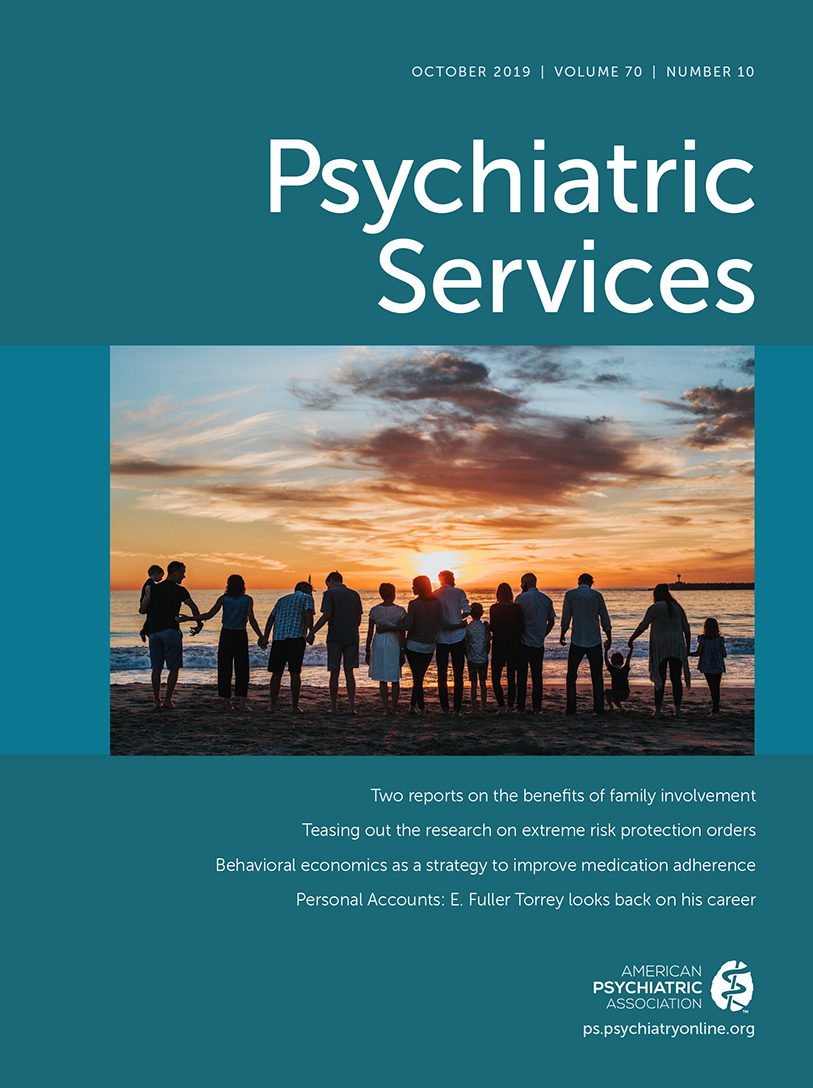Effect of Outpatient Service Utilization on Hospitalizations and Emergency Visits Among Youths With Autism Spectrum Disorder
Abstract
Objective:
Psychiatric hospitalizations and emergency department (ED) visits occur more frequently for youths with autism spectrum disorder (ASD). One mechanism that may reduce the likelihood of these events is utilization of home and community-based care. Using commercial claims data and a rigorous analytical framework, this retrospective study examined whether spending on outpatient services for ASD, including occupational, physical, and speech therapies and other behavioral interventions, reduced the likelihood of psychiatric hospitalizations and ED visits.
Methods:
The study sample was composed of >100,000 children and young adults with ASD and commercial insurance from every state between 2008 and 2012. The authors estimated maximum-likelihood complementary log-log link survival models with robust standard errors. The outcomes of interest were a hospitalization or an ED visit with an associated psychiatric diagnosis code (ICD-9-CM 290 through 319) in a given week.
Results:
An increase of $125 in weekly spending on ASD-specific outpatient services in the 7 to 14 weeks prior to a given week reduced the likelihood of a psychiatric hospitalization in that week by 2%. ASD-specific outpatient spending during the 6 weeks prior to a psychiatric hospitalization did not decrease risk of hospitalization. Spending on ASD-specific outpatient services did not reduce the likelihood of a psychiatric ED visit.
Conclusions:
The financial burden associated with ASD is extensive, and psychiatric hospitalizations remain the most expensive type of care, costing more than $4,000 per week on average. Identifying the mechanisms by which psychiatric hospitalizations occur may reduce the likelihood of these events.



